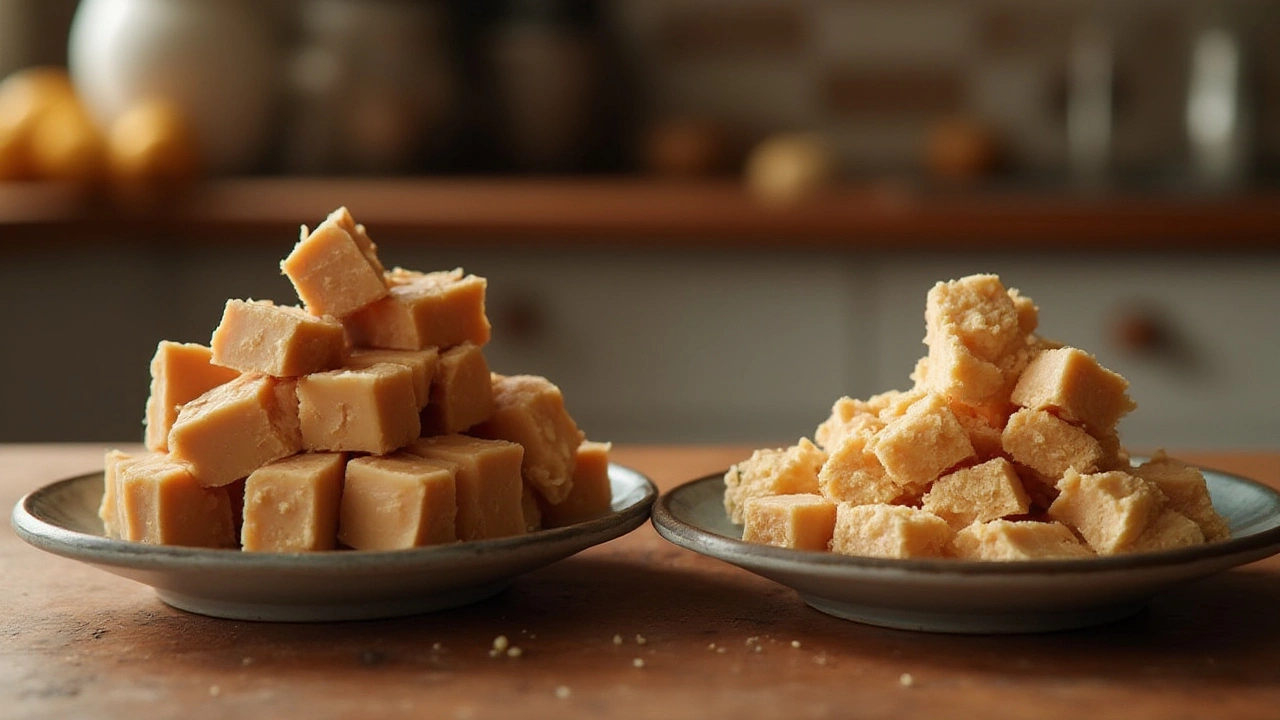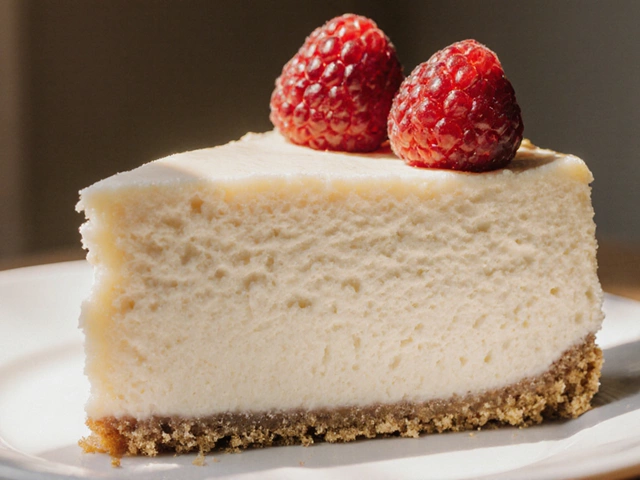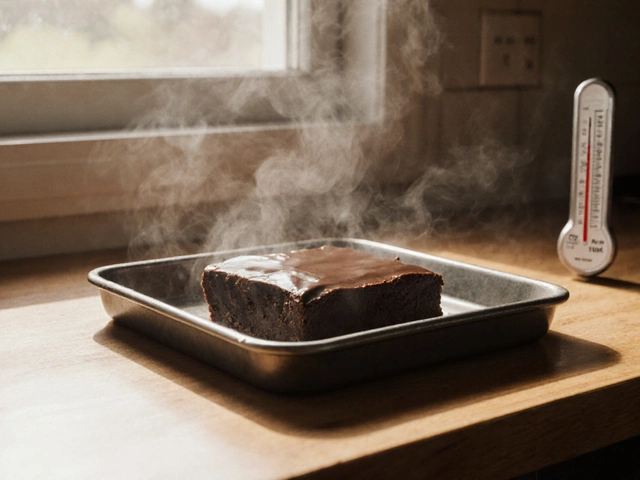Boil Fudge Right: Easy Tips for Smooth, Creamy Results
If you’ve ever tried to make fudge and ended up with a grainy mess, you’re not alone. The biggest mistake most home bakers make is not boiling the mixture to the right temperature. When you hit the soft‑ball stage (around 235‑240°F or 112‑115°C), the sugar crystals stay small and the fudge stays creamy. Below that, the sugar can crystallize too fast, leaving you with a gritty bite.
Know Your Temperature
First thing’s first: grab a candy thermometer. It may feel old‑school, but it’s the most reliable way to know when you’ve reached the soft‑ball stage. Clip the thermometer to the side of the pan so the bulb stays in the syrup, not touching the bottom. Heat the mixture over medium‑low heat, stirring constantly to prevent scorching. Once the thermometer reads 235°F (112°C), stop stirring and let the pot sit for a few seconds. That short rest lets the heat even out and prevents hot spots that can overcook the fudge.
If you don’t have a thermometer, you can use the “cold water test.” Drop a small spoonful of the boiling syrup into a bowl of ice water. When you push it between your fingers, it should form a soft ball that bends but doesn’t melt instantly. That’s your cue to take the pot off the heat.
Practical Boiling Tips
Use a heavy‑bottomed saucepan. Thin pans cause the mixture to heat too quickly and burn at the bottom while the top stays cool. A thick bottom spreads the heat evenly, giving you a smoother result. Also, consider the altitude: every 1,000 feet above sea level adds roughly 2‑3°F to the soft‑ball stage. If you live high up, add a few extra minutes of boiling or a tiny pinch more sugar to keep the texture right.
Once you’ve reached the right temperature, cool the mixture to about 110°F (43°C) before adding any flavorings or butter. Adding butter too early can cause the sugar to reset, making it harder to hit the soft‑ball stage again. Stir in vanilla, chocolate, or nuts after the cooling step, then beat the fudge until it loses its glossy sheen and becomes thick.
Don’t forget to line your pan with parchment paper. It makes unmolding a breeze and prevents the fudge from sticking. Press the mixture into the pan, smooth the top, and let it set at room temperature. If you’re in a rush, you can pop it in the fridge for 20‑30 minutes, but avoid freezing because that can cause unwanted texture changes.
Quick fixes are handy if you end up with grainy fudge anyway. Melt a tablespoon of corn syrup or a splash of heavy cream into the foamy mixture and stir vigorously. The extra liquid helps dissolve some of the crystals, smoothing out the texture. Another trick is to whisk the cooled fudge with a hand mixer for a minute or two, which can break up stubborn grains.
Remember, practice makes perfect. The first batch might be a little off, but each try teaches you how your stove, pot, and altitude affect the temperature. Keep a short note of the exact temp and time you used—future you will thank you.
So next time you’re ready to boil fudge, follow these steps: use a candy thermometer, pick a heavy pan, watch the soft‑ball stage, let it cool before adding extras, and line your pan. You’ll end up with a silky, melt‑in‑your‑mouth treat every single time.

Boiling Fudge Too Long: What Really Happens and How to Fix It
Ever end up with crumbly, rock-hard fudge? Read to see what really happens if you boil fudge too long—and how you can salvage it or get it right every time.
View More




